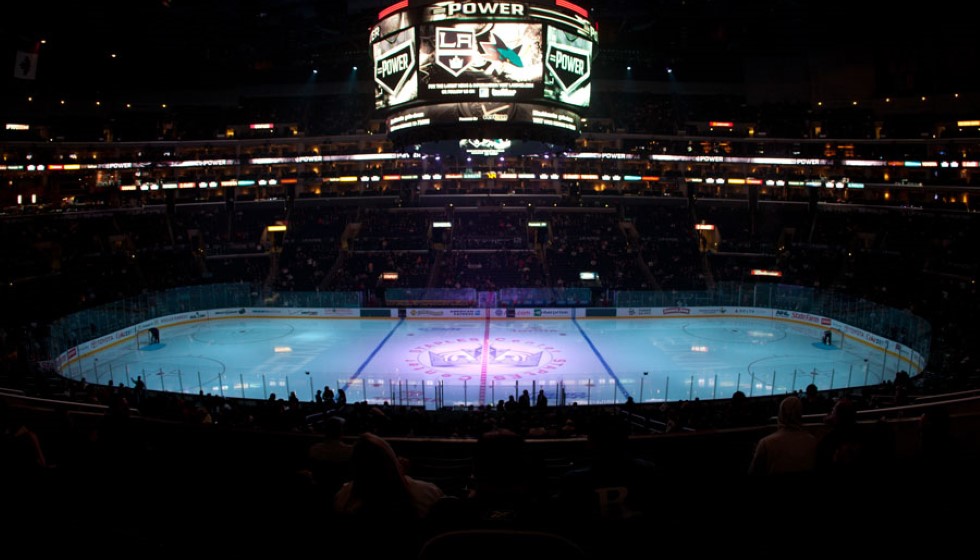
In a recent showdown that captured the attention of NHL fans, Ryan Reaves and rookie Matt Rempe faced off during a game that saw the Leafs clash with the New York Rangers. This matchup brought to the fore not just the competitive spirit of these teams but underscored a conversation that has been lurking in the corridors of the NHL for years—the role of enforcers in hockey, a role Rempe seems destined to fill.
The Rise of a Rookie Enforcer
Matt Rempe, standing tall at 6 feet 7 inches and weighing 240 pounds, has quickly caught the eye of the hockey world not only for his imposing stature but also for his gameplay which hints at a revival of the enforcer role within the sport. In his seven games, Rempe has managed to both score and assist, marking his presence on the score sheet. However, it's his time spent in the penalty box, totaling 37 minutes—an indicator of his physical, uncompromising style of play—that has sparked conversations around the role and relevance of enforcers in modern NHL.
Labelled often as an enforcer, a role historically characterized by players who protect their teammates and are willing to drop the gloves to settle disputes on the ice, Rempe's game mirrors this to a significant extent, having been involved in several fights early in his NHL career.
The Changing Landscape of the NHL
The tragic deaths of renowned enforcers Derek Boogaard, Wade Belak, and Rick Rypien in 2011 significantly shifted the NHL's perspective on fighting and the place of enforcers in the game. Research establishing a connection between fighting in hockey and Chronic Traumatic Encephalopathy (CTE) further intensified the scrutiny. Despite NHL Commissioner Gary Bettman's reluctance to fully endorse the findings linking hockey fights to CTE, the league has witnessed a tangible decline in the role traditionally played by enforcers.
The advent of analytics in hockey also challenges the enforcer stereotype. In a game increasingly leaning towards speed, skill, and efficiency, players traditionally fitting the enforcer mold find it difficult to secure their spot. Known for minimal scoring and not being the most agile on the ice, enforcers face a reality where their role seems increasingly juxtaposed against the direction towards which professional hockey is moving—a faster, more skill-focused, and engaging game aimed at being more inclusive.
Fighting: A Double-Edged Sword
Despite its decline, fighting remains etched within hockey's "code," often considered an unwritten rule for settling disputes and maintaining discipline on the ice. The recent discussions surrounding Rempe and his on-ice actions serve as a reminder of this enduring aspect of the game. Notably, TNT's NHL panel and former players like Paul Bissonnette have weighed in, with Bissonnette characterizing Rempe's approach as "old-school" and commending him for standing up and answering for his actions.
Yet, the discourse around fighting and enforcers is not limited to play style and strategy but extends into broader cultural and societal debates. For instance, the NHL found itself at the center of a cultural controversy during the All-Star break in Florida, where a career fair post by the NHL on LinkedIn attracted critical remarks from Florida Governor Ron DeSantis's office, reflecting the intersection of sports, politics, and social issues.
The Enforcer's Dilemma
In certain hockey circles, enforcers are still viewed as vital for keeping the game safe, acting as deterrents against unsportsmanlike behavior. However, as Rempe's role on the ice shows, this can either escalate tension or potentially prevent more significant conflicts, underscoring the delicate balance the NHL must navigate in reconciling the evolving dynamics of the sport with its traditional elements.
The discussion sparked by Rempe's entry into the NHL, characterized by physicality and a willingness to engage in fights, is significant. It brings to the forefront the ongoing debate over the role of fighting in hockey and whether there's still a place for the enforcer in a league that continues to evolve both on and off the ice. As the NHL strides towards a future that prides itself on being faster, more engaging, and inclusive, the essence and impact of the enforcer role remain a topic of much contemplation and discussion among fans, players, and the league alike.